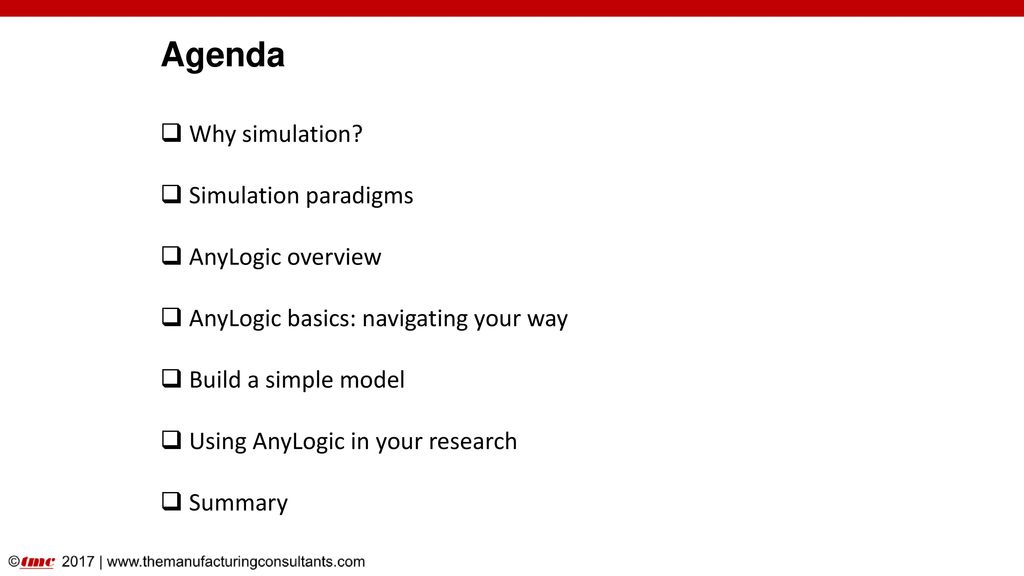

O’Reilly members experience live online training, plus books, videos, and digital content from 200+ publishers. Reinforcing feedback loops (+) occur when a system element has the ability to. Balancing feedback loops (-) are stability seeking and try to keep a stock at a certain level or within a certain range. Get Discrete-Event Simulation and System Dynamics for Management Decision Making now with O’Reilly online learning. University of Oulu System dynamics- Farzad Pargar A feedback loop is formed when changes in a stock affect the flows into or out of the stock. For example, in the model of a supply chain that delivers goods to a consumer market, the market may be described in (SD) terms, the retailers, distributors. Or, if the system is heterogeneous, the different components may be best described by using different methods. The modeller may start with, say, a highly abstract system dynamics model and switch later to a more detailed discrete-event model. Also, sometimes it is not clear at the beginning of the project which abstraction level and which method should be used. In an agent-based ( AB ) model the modeller describes the system from the point of view of individual objects that may interact with each other and with the environment.ĭepending on the simulation project goals, the available data, and the nature of the system being modelled, different problems may call for different methods.

The discrete-event ( DE ) modelling paradigm adopts a process-oriented approach: the dynamics of the system are represented as a sequence of operations performed over entities. The system dynamics (SD) paradigm suggests abstracting away from individual objects, thinking in terms of aggregates (stocks, flows) and feedback loops.

The three modelling methods, or paradigms, that exist today are essentially the three different viewpoints the modeller can take when mapping the real-world system to its image in the world of models. Managing Director and CEO, The AnyLogic Company, St Petersburg, Russia


 0 kommentar(er)
0 kommentar(er)
